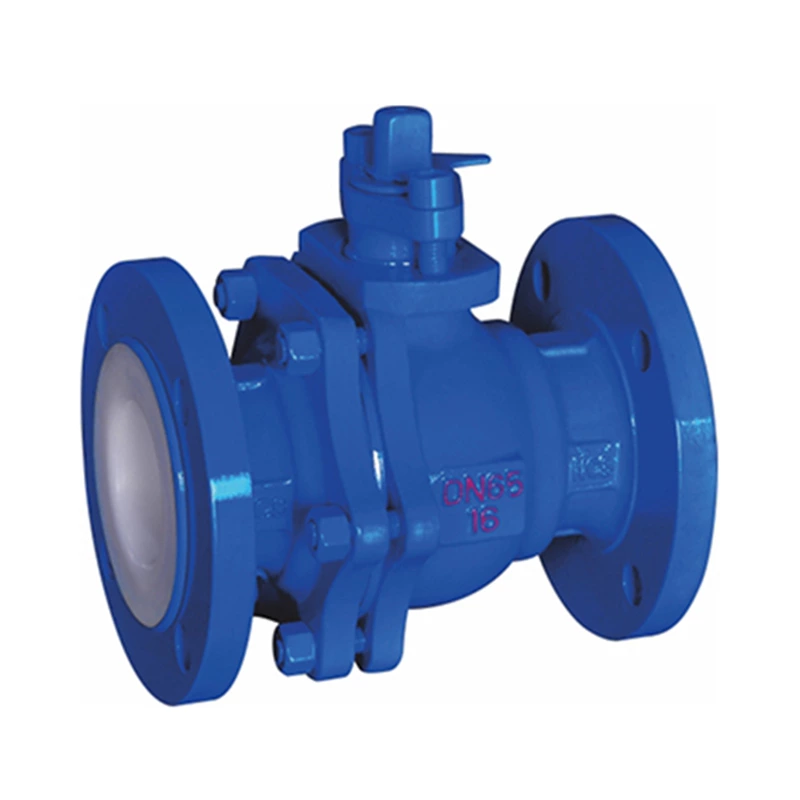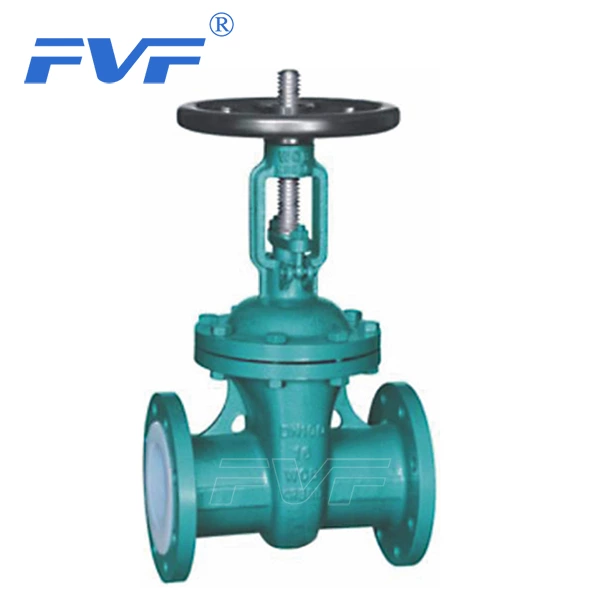What Issues Should Be Paid Attention To When Using Fluorine-lined Flange Ball Valves?
Lined Ball Valve is a common valve type with the characteristics of corrosion resistance, high temperature resistance, and pressure resistance. It is widely used in industrial production. However, during use, some issues still need to be paid attention to to ensure the normal operation of the valve and extend its service life. The following are the issues that need to be paid attention to during the use of fluorine-lined flange ball valves.
1. Pay attention to the selection of appropriate valve models and specifications. According to the actual working conditions, it is very important to select the appropriate fluorine-lined ball valve models and specifications. Different working conditions have different requirements for valve materials, sealing materials, pressure resistance grades, etc. The appropriate valve type should be selected according to the working conditions to ensure the stable operation of the valve.
2. Pay attention to installation and maintenance. During the installation process, follow the installation instructions provided by the valve manufacturer to ensure the normal installation of the valve. Before installing the valve, check whether the various parameters of the valve meet the requirements, such as the test pressure and sealing performance of the valve. During the maintenance process, regularly check and maintain the valve, such as checking whether the valve is flexible and whether the valve body has external leakage.
3. Pay attention to the operating essentials. The operating essentials of fluorine-lined flange ball valves are also one of the issues that need to be paid attention to during use. During operation, you should operate lightly and not too hard to avoid damaging the internal parts of the valve. At the same time, during operation, you should pay attention to avoid overload operation and do not exceed the rated pressure and temperature range of the valve to avoid irreversible damage to the valve.
4. Pay attention to protective measures. During the use of the valve, you need to prevent impurities from entering the valve. Before installing the valve, the pipeline should be cleaned to ensure that there are no impurities inside the pipeline. During use, you should pay attention to prevent blockage and leakage inside the valve, such as regular cleaning and inspection.
5. Strictly follow the instructions for use. If you want to learn more information or cooperate with the on-site inspection, you need to read the valve's instruction manual in detail. The instruction manual contains information on the use, maintenance and troubleshooting of the valve. By carefully reading and understanding the instruction manual, you can better use and maintain the fluorine-lined flange ball valve.
6. Pay attention to the maintenance and replacement of the valve. After a period of use, the valve may have problems such as water leakage and poor sealing. At this time, it should be repaired or replaced in time. Before maintenance, the valve should be closed and the medium in the pipeline should be emptied, and then the operation should be carried out according to the maintenance instructions. When replacing the valve, the appropriate valve model and specification should be selected according to actual needs.
7. Pay attention to the characteristics of the medium. Fluorine-lined flange ball valves are suitable for acid-base media, corrosive media, high-temperature media, etc., but not for oxidizing media and oxidizing media such as hydrogen fluoride. During use, pay attention to the characteristics of the medium and select appropriate valve materials and sealing materials to ensure the normal use of the valve.
8. Pay attention to safe operation. When using fluorine-lined flange ball valves, pay attention to safe operation to avoid personal injury and equipment damage. Operators should have relevant safety knowledge, wear protective equipment, and use tools and equipment correctly. At the same time, do a good job in on-site safety management to ensure the safety order of the site and prevent accidents.






